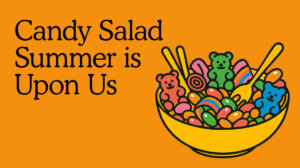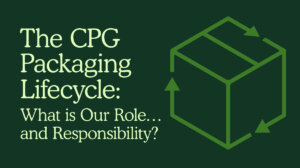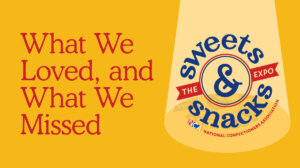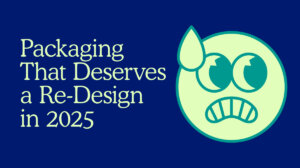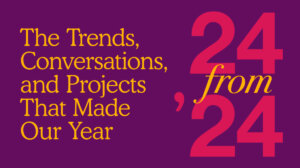Imagine launching a new consumer product with no marketing budget—just the product design and packaging as your brand proposition. It’s a compelling hypothetical. And it was part of the discussion at January’s Package Design Matters Conference. Kaleidoscope’s Executive Creative Director Fred Richards shared the stage with Paul Chibe, former CMO, AB/Inbev, Jon Denham, CCO ConAgra. The panel fielded questions from moderator John Gleason, president of A Better View Consulting, and an audience of brand marketers from leading CPGs.
Answer critical questions first.
Before design can begin, the marketing team must first consider both the variable and the consistent questions that contribute to brand success. Variables such as:
- What is the business growth model?
- What are the category dynamics?
Then the consistent questions every marketer has to answer before starting design:
- At the center of your brand, is there a good idea?
- Are consumers interested and will they participate?
- Does your company have the desire and the discipline to ensure a timely, cost efficient process?
Panelists agreed that without serious consideration of these questions, success is merely wishful thinking.
Experiential design; it’s all about the brief.
Launching a product without marketing support puts all the focus on experiential design; thinking all the way through from the first sighting at retail to how the product feels in the hand to finally throwing it away when done. Management will say that engineering and manufacturing costs impact profit margins. But if consumer experience suffers as a result of cost cutting, the product can fail. So where do designers begin? It all comes down to the brief. For a product to meet experiential goals, it has to first be a real, tangible object that test consumers can experience. The panel made some cogent recommendations:
- Build a visual identity that will stand the test of time
- Express it in packaging
- Develop structured and strategic visual cues for the brand that consumers will embrace and remember
- Be careful before walking away from iconography that consumers recognize least they stop buying because they no longer recognize it on the shelf
- Think long and hard before using too many design assets; know how much the consumer needs to reach an “Ah ha” moment
- In the absence of marketing dollars, spend first on product and packaging experience
- Remember that today’s most desired consumers, Millenials, are most attracted to quality brands that are authentic in the way they present themselves
Picking a design partner.
An audience member asked, “How do you avoid 50 plus iterations as the product winds its way through the approval process?” The panel focused on two things; the process and the partnership. All agreed that, without a defined process of review and approval, the project sinks under the weight of too many people, too many meetings and lack of discipline. It goes back to the brief; it has to be well articulated, defined and signed off on by key decision makers.
Finally, there’s the partnership. In the words of Paul Chibe, “When you’re hiring an agency, you’re not hiring a name. You are hiring intelligent people who have convinced you that they are worthy of your brand; thinkers, strategists, designers who have the courage to challenge your thinking.”




